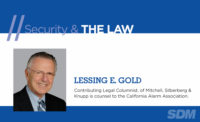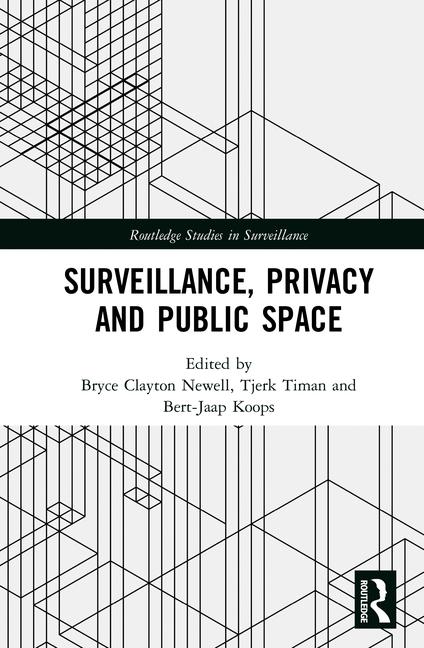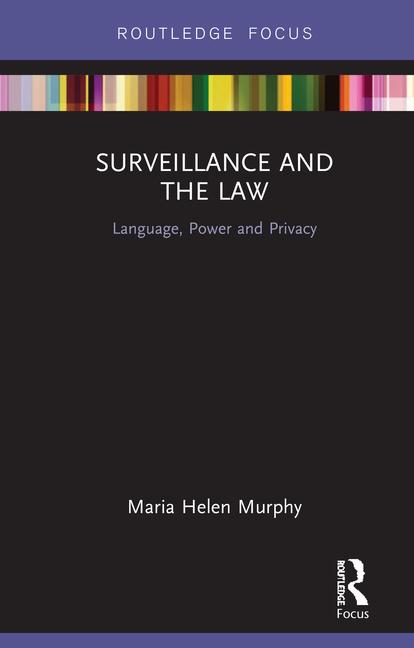At the center of a recent case in the state of Michigan, a fire occurred at the plaintiff’s building where they housed a marijuana growing operation. The defendant insured the property against fire and other hazards under a commercial property insurance policy the defendant originally issued and renewed annually thereafter.
The policy included a Protected Safeguards Endorsement (PSA). These endorsements, embedded within many commercial property policies, stipulate specific safety and security measures businesses must uphold. The protective safeguards to which this Michigan case applies included a “premises automatic extinguishing system.”
After the fire, the plaintiff filed a claim under the policy; however, the defendant denied the claim because the property did not have an automatic extinguishing system (AES).
The plaintiff sued the insurance company for breach of contract and sought reformation of the policy, claiming the defendant had inspected the property multiple times and knew or should have known it lacked an automatic sprinkler system. The plaintiff further argued that it would be unfair to let the defendant deny coverage due to the lack of an AES and sought to have the policy reformed to remove this exclusion.
The defendant moved for summary judgment arguing the policy language was clear and unambiguous, and because the plaintiff did not have the AES on its property it was precluded from recovering fire protection benefits under terms of the policy. The trial court granted the defendant’s motion, holding the defendant was entitled to summary disposition because the policy unambiguously precluded coverage if the property did not have an AES.
On appeal, the court pointed out that when interpreting a contract the court’s goal is to determine the intent of the parties. If the language of a contract is unambiguous, the court will enforce the contract as written, unless it is contrary to public policy. Conversely, a contract is ambiguous if its words can be reasonably be understood in different ways or when its provisions irreconcilably conflict. But a contractual provision is not ambiguous merely because a term is not defined or because the parties may disagree on the meaning of a term.
The court indicated that it disagreed with the plaintiff that the language of the Protected Safeguards Endorsement is ambiguous because it does not provide a definition of an “automatic extinguishing system.”
The court also noted that the defendant’s inspection reports, which indicated the absence of a sprinkler system, were for the defendant’s benefit only. There was no evidence that the defendant’s actions or omissions intentionally or negligently misled the plaintiff about any facts.
With reference to the plaintiff’s claim that the court of equity has power to reform the contract to make it conform to the agreement actually made, the court noted to obtain reformation a plaintiff must prove a mutual mistake of act or mistake on one side and fraud on the other by clear and convincing evidence. A unilateral mistake is not sufficient to warrant reformation. A mistake in law is not a basis for reformation.
With respect to the plaintiff’s claim the AES requirement should not bar coverage for their fire loss because both they and the defendant were fully aware an AES did not exist on the property. The plaintiff was aware because it owned the property, and the defendant was aware because multiple inspections revealed the property was not protected by an AES.
However, the mere fact the defendant may have been aware the property had no such AES does not establish the parties mutually understood and agreed that an AES was not required as a condition of coverage. The policy unambiguously required that the property have an AES as a condition of coverage and there is no evidence the defendant ever intended or agreed that an AES was not necessary.
Therefore the court affirmed the ruling of the lower court which granted summary judgment.








